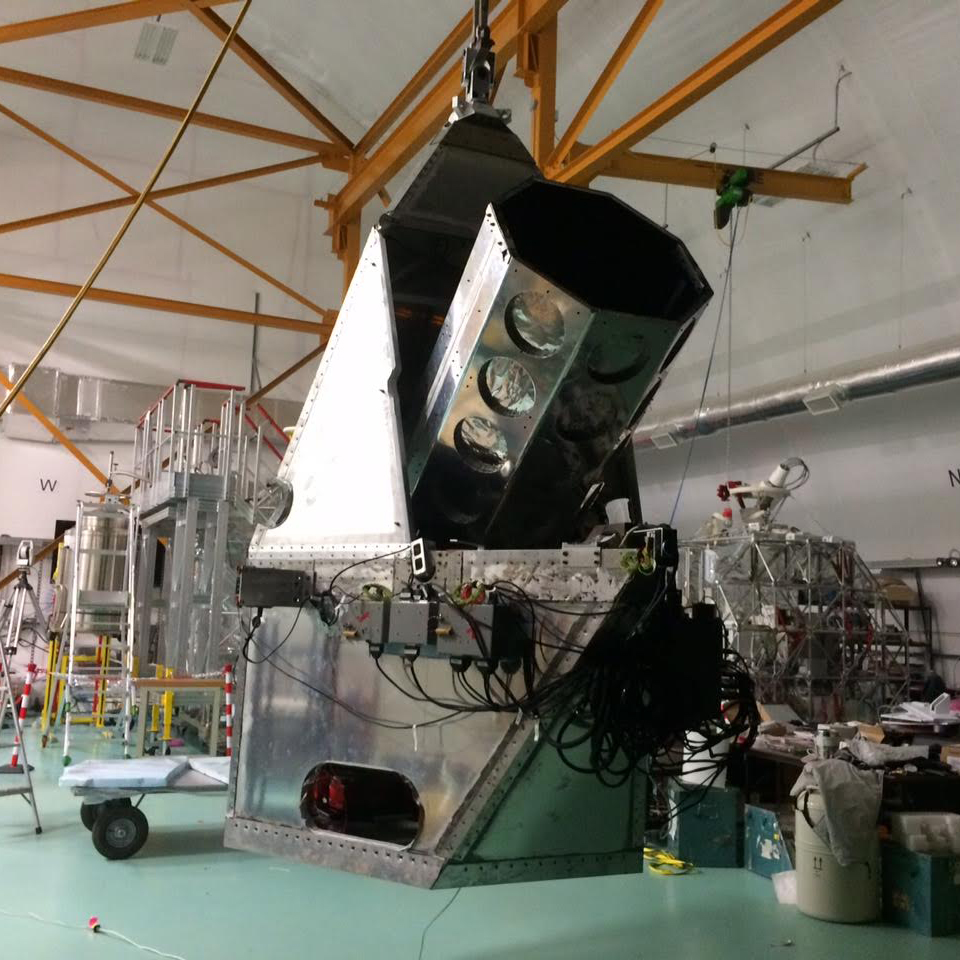Physicists at Durham University are sending a telescope into space with the help of a helium balloon, in an unusual effort to track down Dark Matter.
The scientists are currently in Canada preparing for their first mission which, weather permitting, will launch in the coming days.
Dark matter is best observed from outside the Earth's atmosphere using the Hubble Space Telescope. But, with so many scientists desperate to use Hubble, there is a very long waiting list.
To avoid the wait, Richard Massey, working with the University of Toronto and the Canadian Space Agency, has built a telescope that will be suspended under an unmanned helium balloon and floated to the top of the Earth's atmosphere.
There the telescope will capture high resolution images of distant galaxies with the aim of observing Dark Matter.
Dark matter accounts for at least 20% of the mass of the Universe, but it's also the thing that scientists know the least about. This is because we can't see Dark Matter, we can only infer that it's there by observing its gravitational effects.
If scientists want to look at Dark Matter, they need to look at something behind it, such as galaxies billions of light years away. Owing to the effect of a phenomenon called gravitational lensing, when these galaxies are observed through Dark Matter they look distorted. A warped galaxy is therefore a Dark Matter giveaway.
"When we look past some Dark Matter, the galaxies behind it don't look galaxy-shaped; instead they look all distorted and stretched," explains Massey.
During its first flight, the helium balloon will ascend for 24 hours and then return by parachute. It should reach an altitude of 30km, which is roughly three times higher than a commercial airliner.
One problem the mission will face is keeping the telescope stable while the balloon is swinging around in the wind.
"We've got this whole series of gimbals that rotate... as the gondola that it's on swings around, the telescope uses some gyroscopes to stay pointing in exactly the right direction."
But Massey cautions that there is also a risk that the telescope will not make it back in one piece!
"Not all of them survive; half of the time you need to do some repairs, and one in 5 times, enough of it comes down that you have to basically rebuild it."
After its maiden voyage, the scientists will carry out all the necessary repairs and improvements in preparation for a long duration flight. A new type of balloon invented by NASA will enable the telescope to go up for up to three months at a time!
"We're booked in for a long duration balloon flight to do lots and lots of science to look for Dark Matter, and other things. That's going to happen in 2017."










Comments
Add a comment